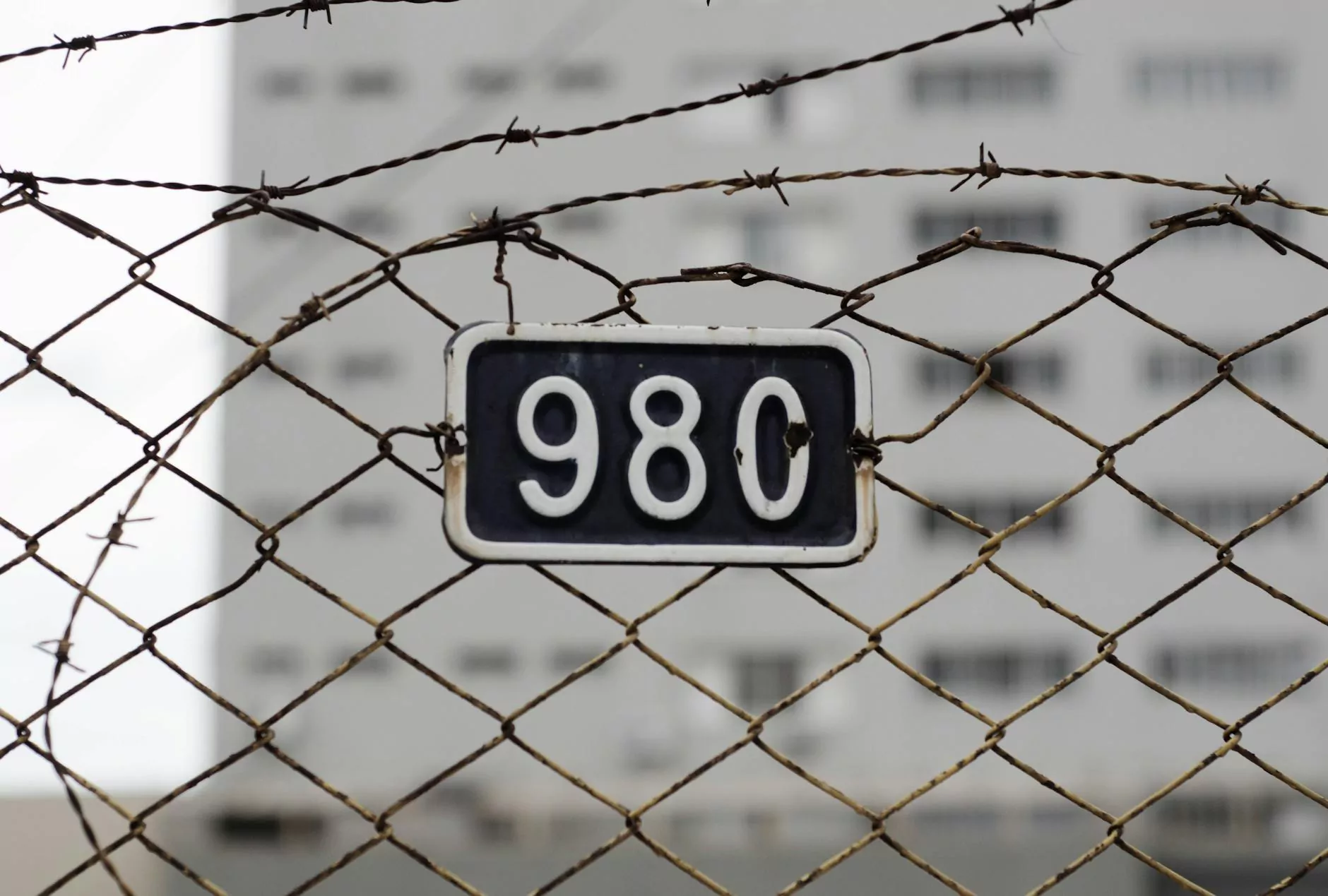Why are my Links Returning a 403 Error?
SEO Category Archives
Having a website with broken links can be frustrating for both website visitors and search engines. One common error that you may encounter is the 403 error or the "Forbidden" error. When you come across this issue, it means that you don't have the necessary permissions to access the requested resource or web page.
Understanding the 403 Error
The 403 error is an HTTP status code that indicates the client's request is valid but the server refuses to respond. This can occur for several reasons, such as:
- Insufficient permissions
- Authentication failure
- Improper server configuration
- Security measures restricting access
It's essential to identify the root cause of the error to successfully troubleshoot and resolve the issue. Let's delve into some common scenarios that may lead to a 403 error and how to address them.
1. Insufficient Permissions
One of the primary reasons for a 403 error is insufficient permissions to access the requested resource. This can occur when you're trying to access a file or directory that requires proper authorization. To rectify this, you'll need to review the file permissions or directory permissions on your server.
To address this issue, ensure that the file or directory permissions are correctly set. Typically, you'll need to set the permissions to 644 for files and 755 for directories. However, it's important to note that permission settings can vary depending on your server configuration and specific requirements.
2. Authentication Failure
In some cases, a 403 error can be triggered due to authentication failure. This means that the server requires valid credentials for accessing the resource, and either you haven't provided them or the provided credentials are incorrect.
To resolve an authentication-related 403 error, ensure that you're providing the correct login credentials. This may involve checking your username and password, or utilizing an appropriate authentication method based on your website's configuration.
3. Improper Server Configuration
Improper server configuration can also contribute to 403 errors. This could be a result of misconfigured access control rules, server-side scripting errors, or conflicting directives in the server configuration files.
If you suspect improper server configuration is causing the 403 error, consider consulting with a web developer or system administrator who can thoroughly review your server configuration files. They can identify and rectify any potential issues that may be responsible for the error.
4. Security Measures Restricting Access
403 errors can also be triggered by security measures put in place to restrict access to certain resources. For instance, a website may employ IP blocking or use a firewall to prevent unauthorized access.
If you're encountering a 403 error due to access restrictions, you'll need to verify whether your IP address has been blocked or if there are any security plugins or configurations limiting access to the resource. Adjustments to the firewall settings or removing any IP blocks can help resolve this issue.
Conclusion
Encountering a 403 error with your links can negatively impact your website's user experience and search engine rankings. By understanding the common causes of this error and implementing the suggested solutions, you can effectively troubleshoot and resolve the issue.
At JODA Digital Marketing and Publishing, we specialize in providing expert advice and solutions for digital marketing strategies. Our team of professionals can assist you in identifying and resolving any issues related to the 403 error or any other technical challenges you may face. Contact us today to get started on optimizing your website and improving your online presence!










